
How to Stay Safe When Flying During COVID-19


If you’re like most people, you probably haven’t been on a flight in nearly six months. Thanks to the coronavirus pandemic, the majority of the world has stayed home as much as possible since March. But as things begin to steadily reopen, travel may become an inevitability for many even before we have a vaccine. Sure, things aren’t quite as dire as they were in the days of Tiger King binging and banana bread making, but flying on an airplane is still a decidedly high-risk activity.
Think about it: Before you even board the airplane you have likely already come in contact with a variety of airport employees, other passengers in the security line and boarding area, and breathed the same air as hundreds of other people. That’s not to mention the airplane itself, which, according toUSA Today, “offers more potential for exposure to the coronavirus than other forms of travel because of the configuration of planes.”
It’s unlikely you’ll be able to maintain a six foot distance from all passengers at all times (even if you’re flying on an airline that doesn’t allow people to use middle seats), all passengers will be using the same bathroom, and you have to maintain proximity to other passengers possibly for hours at a time.
So, with all of that said, our number one tip is: Don’t fly if you can possibly avoid it.
Of course, sometimes there’s no getting around the need to get on an airplane. If you’re sure your trip is absolutely necessary, than try to take comfort in the fact that experts agree it is much safer to fly now than it was at the beginning of the pandemic, in large part thanks to the additional steps airlines have employed to keep passengers safe. But there’s also plenty that you can do to minimize your risk.
Wear a mask
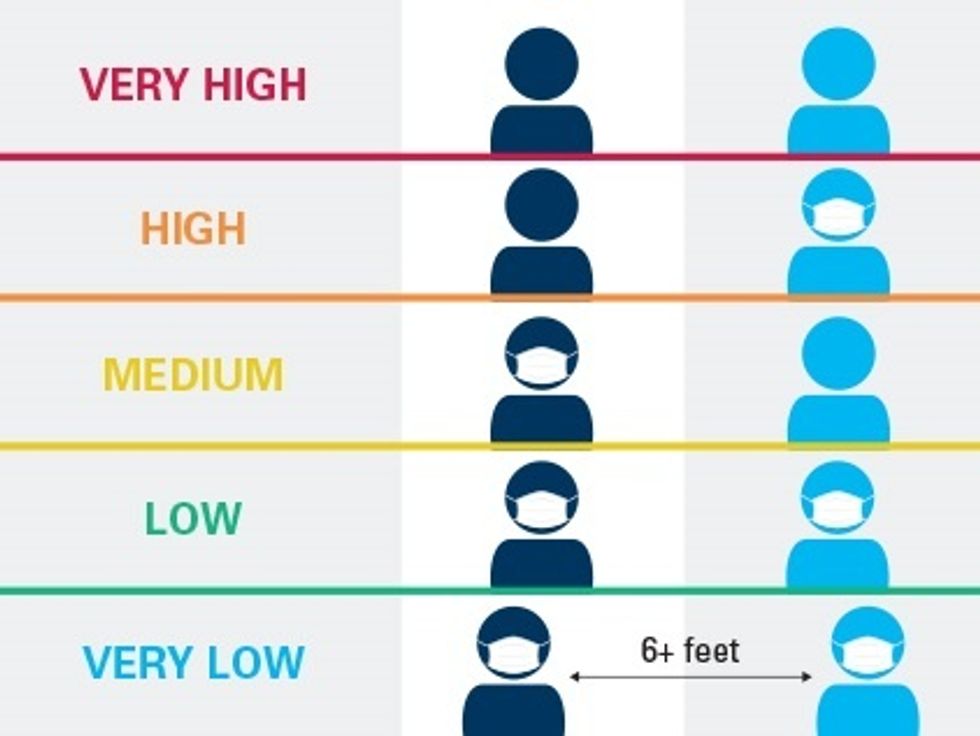
At this point, this should be obvious. But in case you’re considering rocking up to the airport mask-free, it’s worth reiterating: absolutely do NOT fly without a mask. You’re not only putting yourself at risk, you’re also putting all the people around you at risk (not to mention that they probably won’t even let you in the airport with your face uncovered). In fact, United, American and Delta have made it clear that they will ban any passengers who refuse to wear a mask on their flights.
Wipe down your seat
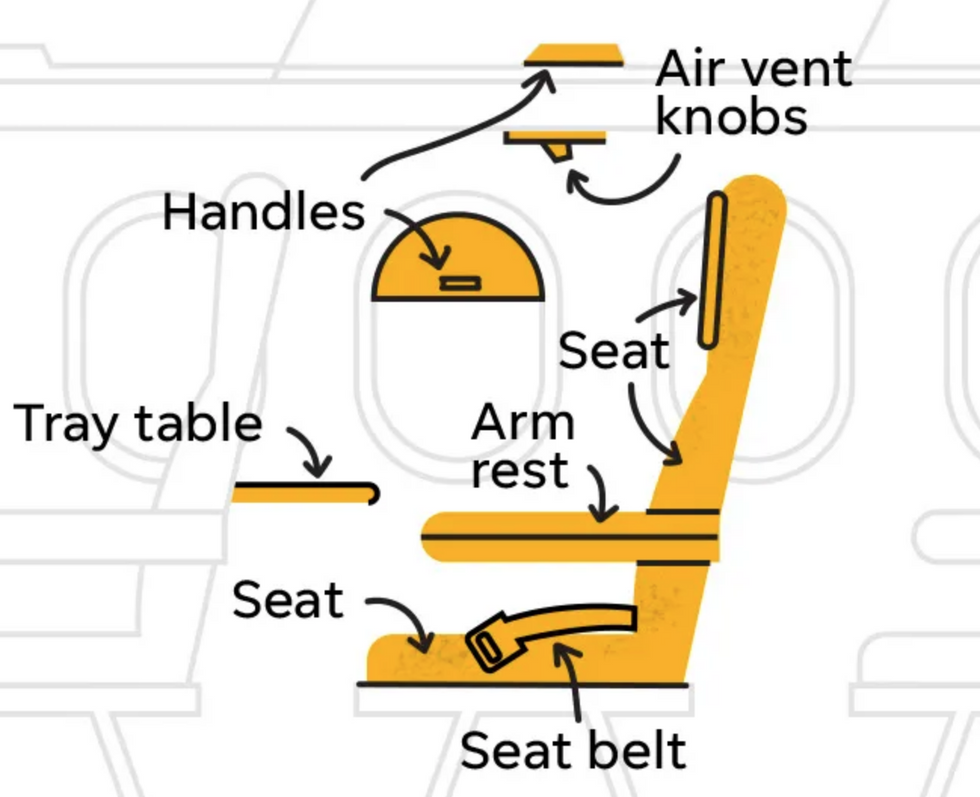
USA Today
A lot of people have hand sanitizer on them at all times these days anyway, but if that isn’t you, definitely stock up before your flight. The good news is the TSA has decided to allow travelers to bring hand sanitizer containers as big as 12 ounces instead of the usual 3.4-ounces in their carry-on bags, meaning it should be easy to bring plenty of sanitizer on your flight. Use it on your hands often, obviously, but also use it with a tissue or paper towel to wipe down your seat and everything around it that you may touch during your flight. The CDC recommends using a sanitizer that’s at least 60% alcohol. A disinfectant wipe (sold in most airports) will also do the trick for wiping down your seat.
Choose a window seat
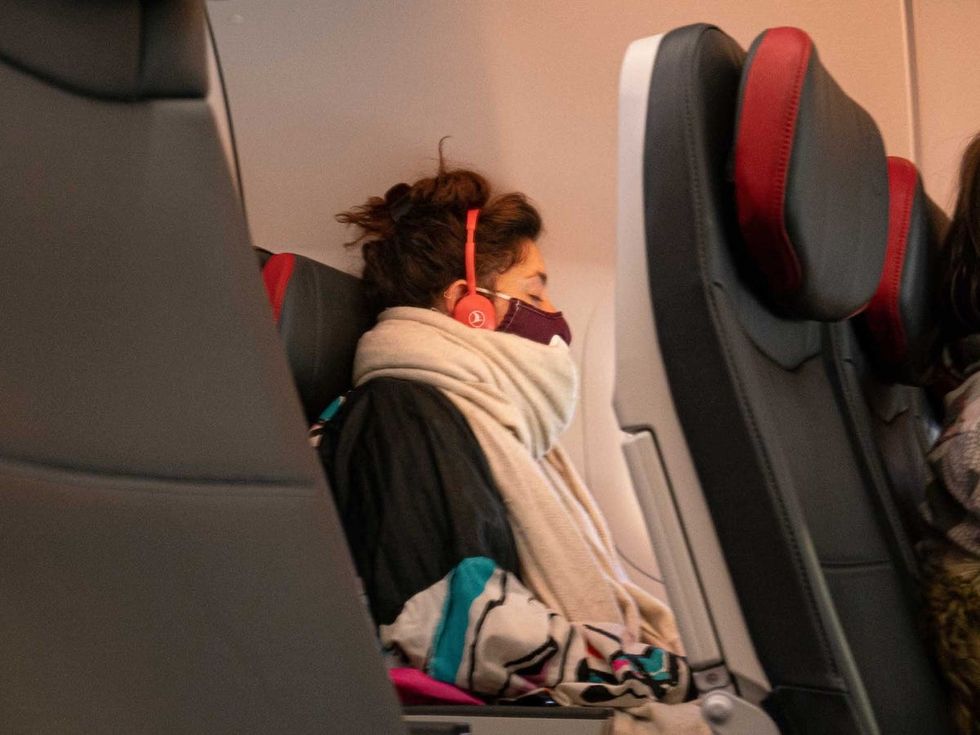
Insider
Experts believe your risk of infection while flying is decreased when you’re sitting in a window seat. According to Charles Gerba, a professor of virology at the University of Arizona who has also studied germs on planes, said that “Because people are walking by you in the aisle seat, it’s shown in outbreaks and norovirus that people are more likely to get ill if they sit on the aisle because people are touching surfaces and walking by. So based on norovirus outbreaks, the window seat is better.”
Open your air vent
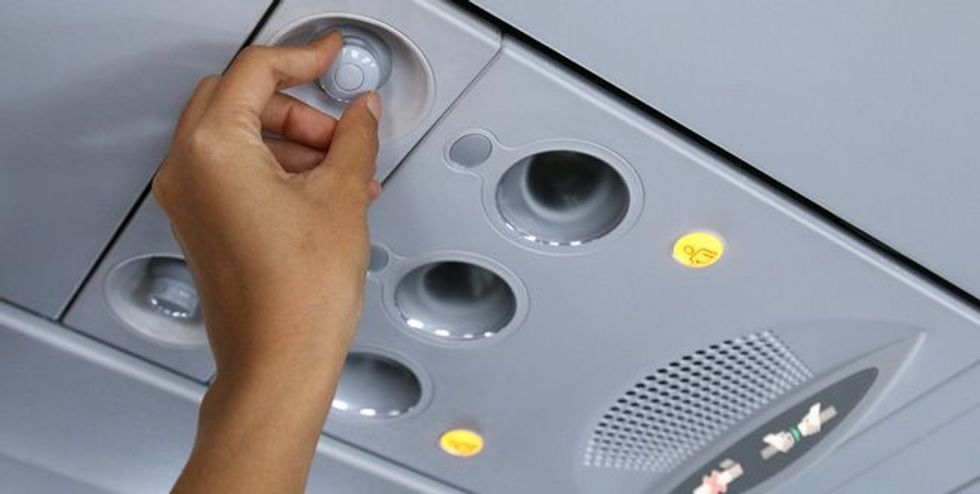
We all know that you’re much less likely to catch COVID-19 when outdoors thanks to air circulation. The same principle applies to indoor spaces, like airplanes, as well. The average airplane ventilation system brings in fresh air from outside and filters nearly 99.9% microbes out of the air, creating a surprisingly safe breathing situation for passengers.
Not only that, but many experts are now attributing the downward flow of the air to low COVID-19 infection rates on airplanes. Dr. Sandra Ciesek of the Institute for Medical Virology at Goethe University in Frankfurt wrote that air from the vents in airplane cabins ultimately flows to the ground, which may help to reduce the spread of airborne particles containing the virus. While more research is needed, we do know for sure that more air=less virus particles, so keep those vents open and flowing.
Come prepared
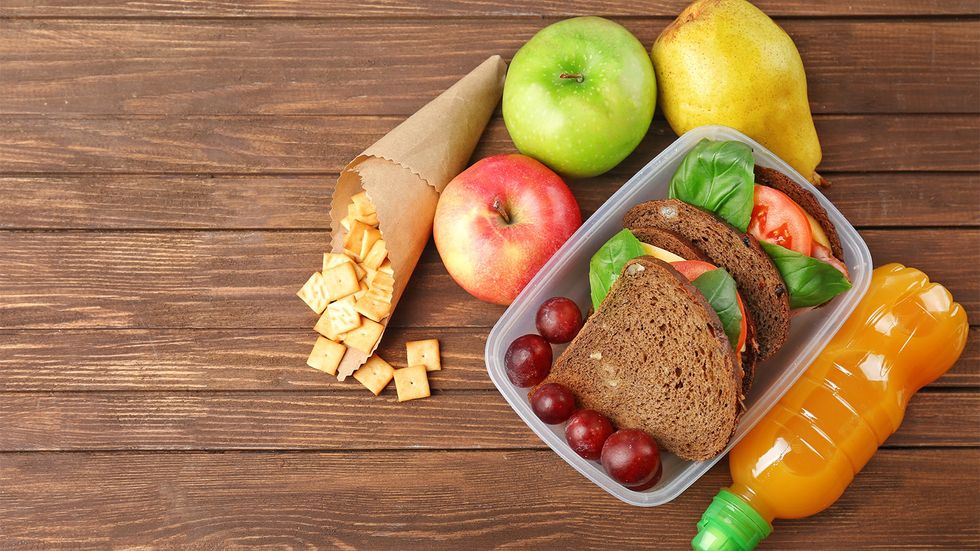
The less you interact with other people on your flight, the better. This includes flight attendants, who are at high risk of infection given how many people they interact with per day. To avoid frequent interaction and conversation with flight attendants, bring your own snacks, pillows and blankets, and plenty of water.
This is a good idea in order to keep yourself healthy, but depending on the airline you choose, it may also be necessary given how many airlines have reduced in-flight services during the pandemic.
When removing your mask to eat or drink, make sure you don’t place it on a surface that hasn’t been disinfected, like a cloth seat, and make sure there are as few people around as possible before removing your mask.


